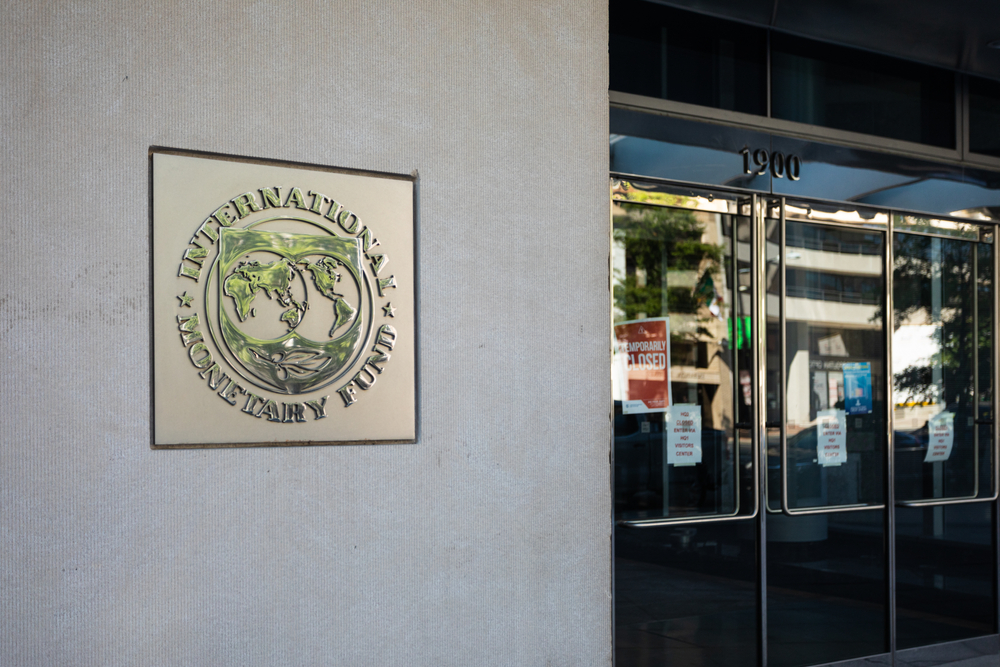A Very Difficult Math Problem for the Government

Károly Radnai, managing partner of Andersen in Hungary
Three-quarters of the budget deficit planned for the whole year has already been reached in the first quarter. If the government wants to maintain a balance and the utility price cuts without austerity measures, it will have to find extra revenue.
Perhaps never before has the Hungarian budget started the year so badly. The deficit of nearly HUF 1.5 tln in the first two months is the worst since 2002; on top of that, the HUF 875 billion deficit in March is a negative record for the third month.
The root of the problem is not on the revenue side. Overall, the main tax revenues have been reasonably good: VAT, personal income tax, excise duty, and corporate tax equal or exceed preliminary projections. The problem is firmly on the expenditure side.
In its earlier statement on this issue, the Ministry of Finance cited the refund of the PIT for parents, the 13th-month pension, the six-month gun allowance for armed forces and law enforcement personnel, the exemption from PIT for under-25s and the reduction of the employer’s tax to 13% as the main reasons for the huge deficit.
Adverse market processes, such as the rise in energy prices and market rates, must be added to the above list. Experts estimate the cost of utility price cuts to be between HUF 1 tln-2 tln this year; the figure most often heard now is HUF 1.3 tln. Offsetting just this one item would require introducing a VAT rate of around 35%, a corporate tax rate of 33% or a personal income tax rate of 23%; even then, we would not have addressed the budget deficit.
The fuel price freeze also represents a problem in terms of hedging. The difference between the official and actual market prices is now partly compensated by the state for retailers and MOL.
If the government wants the budget deficit to be around the originally planned 5%, including utility price cuts and other cost elements but excluding austerity measures, it must find extra revenue of around HUF 3 tln. That is more than half of the revenue from VAT, which this year will bring in HUF 5.487 tln.
Sectoral Taxes?
In recent weeks, we have heard more about special sectoral taxes as a possible means of reducing the deficit. In response to a journalist’s question at the government briefing held on April 21, Gergely Gulyás said that the government had not yet discussed their introduction but did not rule out the possibility.
In 2021, the budget collected a HUF 770 bln from special sectoral taxes. The gap derived from the utility price cut is almost twice as large. The extra revenue of HUF 3 tln, excluding austerity measures, is nearly four times as large. It is easy to see that such a large budget hole cannot be filled by introducing sectoral taxes alone, and other elements of the tax system will have to be addressed.
A sharp cut in spending also seems unavoidable: numerous public investments will have to be halted or postponed. In addition, the government will need to reach an agreement with Brussels to regain access to EU funds and resources, which significantly help in financing the budget.
As far as we know now, inflation in Hungary is expected to be around 10% this year. The general rise in prices also means that VAT revenues will increase significantly, which will undoubtedly positively impact the budget balance. From this perspective, the government is not really interested in excessively curbing inflation.
The opposition has made several comments that this is precisely one of the main elements of the Orbán government’s economic policy of stabilization (“inflation tax”). The question, however, is how conscious this decision or planning is: inflation is a dangerous and difficult-to-control process.
This year’s budget deficit is expected to be well above 5%, even with these measures. As a result, the government debt to GDP ratio will also increase, which unfortunately means we cannot expect much easing in the medium- or long-term. It looks like we are in for two or three difficult years, regardless of economic developments.
This article was first published in the Budapest Business Journal print issue of May 6, 2022.
SUPPORT THE BUDAPEST BUSINESS JOURNAL
Producing journalism that is worthy of the name is a costly business. For 27 years, the publishers, editors and reporters of the Budapest Business Journal have striven to bring you business news that works, information that you can trust, that is factual, accurate and presented without fear or favor.
Newspaper organizations across the globe have struggled to find a business model that allows them to continue to excel, without compromising their ability to perform. Most recently, some have experimented with the idea of involving their most important stakeholders, their readers.
We would like to offer that same opportunity to our readers. We would like to invite you to help us deliver the quality business journalism you require. Hit our Support the BBJ button and you can choose the how much and how often you send us your contributions.








